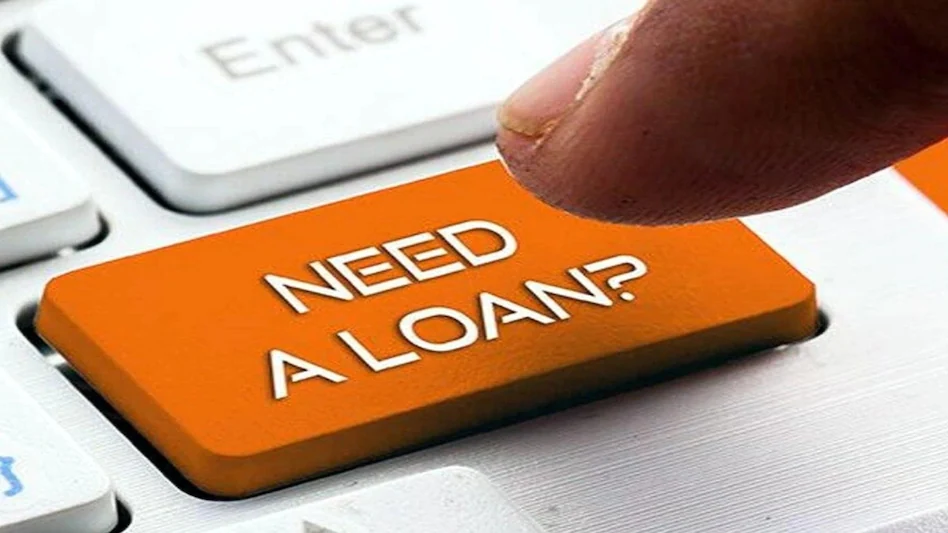Emergencies don’t wait for the perfect time. Whether it’s a sudden medical bill, urgent home repair, car breakdown, or an unexpected travel situation, unplanned expenses can disrupt even the most carefully constructed budget. When time is of the essence, a personal loan can offer a lifeline—fast, accessible, and often more affordable than relying on high-interest credit cards or payday lenders.
In this article, we explore how a personal loan can help in times of emergency, how it compares to other forms of emergency financing, and what to consider before applying.
Understanding Personal Loans for Emergency Situations
A personal loan is an unsecured installment loan provided by banks, credit unions, or online lenders. You borrow a fixed amount of money and repay it over a set period—typically 12 to 60 months—with a fixed interest rate.
Unlike credit cards, personal loans offer a lump sum of cash upfront and a structured repayment schedule, which can be especially useful when managing a large, unexpected cost.
Top Emergency Scenarios Where a Personal Loan Can Help
1. Medical Emergencies
A trip to the emergency room, surgery, dental procedures, or urgent specialist care can cost thousands of dollars—even with insurance. If you don’t have the cash on hand, a personal loan can help cover:
- Deductibles and co-pays
- Out-of-network treatment
- Procedures not covered by insurance
- Medical travel and accommodations
Why a Personal Loan Works:
Medical financing options may have strict terms or limited use. A personal loan gives you flexibility, allowing you to pay the provider directly and manage your health without delay.
2. Urgent Home Repairs
Disaster can strike your home in the form of burst pipes, electrical failures, roof leaks, or storm damage. These repairs often can’t wait.
Expenses may include:
- Plumbing or HVAC repairs
- Electrical rewiring
- Mold remediation
- Emergency roof work
Why a Personal Loan Works:
Unlike a home equity loan, a personal loan doesn’t require property as collateral and has faster approval times, often within 24–48 hours.
3. Car Repairs or Replacement
If your car breaks down unexpectedly, and it’s your only mode of transportation, fixing or replacing it becomes essential.
Common expenses:
- Engine or transmission repair
- New tires or brakes
- Vehicle replacement costs
Why a Personal Loan Works:
It provides quick cash for repairs or to supplement a down payment, getting you back on the road without the wait.
4. Funeral or Family Emergencies
Dealing with the loss of a loved one is emotionally overwhelming—add to that the burden of sudden funeral costs or emergency travel, and it can feel impossible.
Possible costs:
- Funeral service and burial fees
- Flights and hotel accommodations
- Last-minute travel arrangements
Why a Personal Loan Works:
These costs are immediate and often unavoidable. A personal loan ensures you can handle them respectfully and responsibly, without taking on long-term debt from higher-interest sources.
Benefits of Using a Personal Loan for Emergency Expenses
1. Fast Approval and Disbursement
Many online lenders offer same-day or next-day funding, meaning you can access money quickly when you need it most.
2. Fixed Interest Rates
Unlike credit cards that have variable and high-interest rates, personal loans provide predictable monthly payments, making it easier to budget.
3. No Collateral Required
Most personal loans are unsecured, which means you don’t need to risk your home or car to qualify.
4. Flexible Use of Funds
Once approved, you can use the loan for any purpose—giving you the freedom to cover whatever part of the emergency arises.
5. Debt Consolidation Option
If your emergency expense leads to accumulating credit card debt, a personal loan can help consolidate that debt into a single, lower-interest payment.
How to Get a Personal Loan Quickly in an Emergency
Step 1: Check Your Credit Score
Your credit score influences loan offers and interest rates. Some lenders specialize in loans for bad credit, so knowing where you stand can help narrow your options.
Step 2: Compare Lenders
Don’t settle for the first offer. Compare at least 3–5 lenders based on:
- APR (Annual Percentage Rate)
- Fees (origination, late payment, etc.)
- Loan terms and monthly payments
- Customer service reviews
Step 3: Prequalify
Many lenders offer prequalification with a soft credit check, letting you preview potential offers without impacting your credit score.
Step 4: Gather Required Documents
Typical requirements include:
- Proof of income (pay stubs, bank statements)
- ID verification
- Social Security number
Step 5: Apply and Receive Funds
Once approved, funds are often deposited within 1 to 2 business days.
Things to Watch Out For
While personal loans offer many benefits, be aware of the risks and responsibilities:
- High APRs for bad credit borrowers
- Origination fees that reduce your loan amount
- Late payment penalties
- Predatory lenders targeting desperate borrowers with excessive terms
Pro Tip: Avoid payday loans or cash advances with triple-digit interest rates. These can quickly spiral into debt traps.
Alternatives to Personal Loans for Emergencies
If a personal loan isn’t ideal or available, consider:
- Emergency savings fund
- 0% intro APR credit cards (if you qualify)
- Family or friend assistance
- Local nonprofit financial assistance programs
- Medical provider financing plans
Conclusion: Personal Loans Provide Stability in Crisis
Emergencies are unpredictable, but your response doesn’t have to be. A personal loan can be a smart, structured, and responsible solution when sudden expenses strike. With fast access to cash, manageable repayment terms, and flexibility in usage, personal loans can offer the peace of mind you need during life’s most stressful moments.
Before you apply, take time to compare lenders, understand the terms, and assess your repayment ability. The right personal loan can help you navigate financial challenges today—and keep you on track for a stronger tomorrow.
